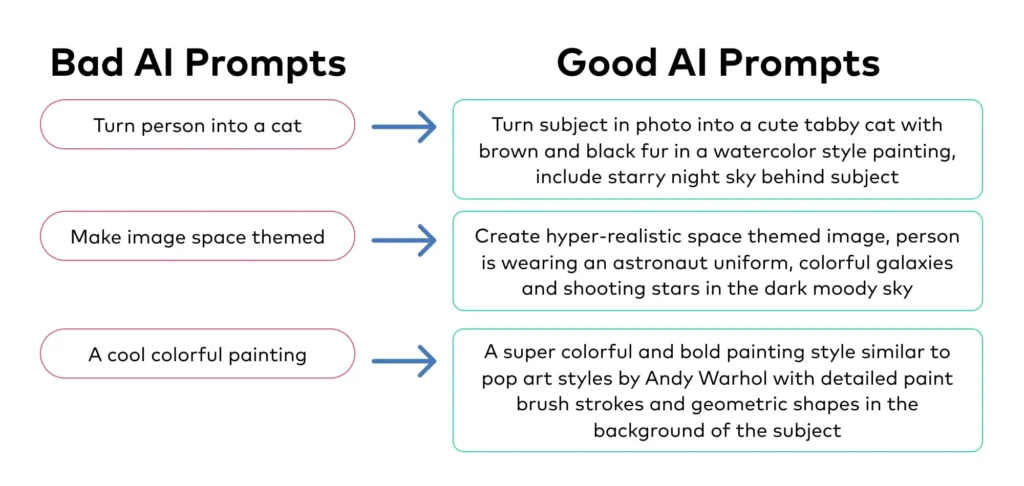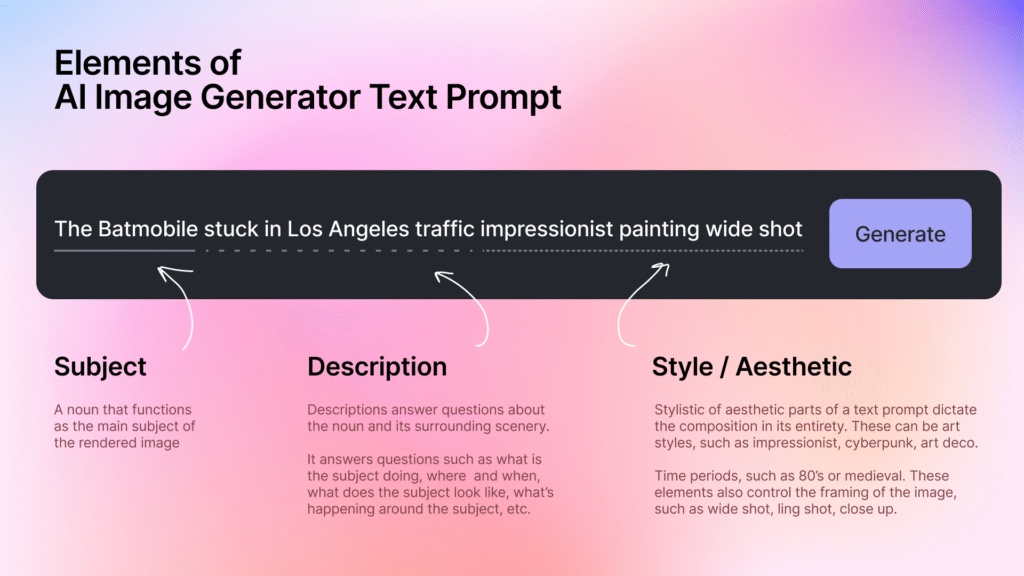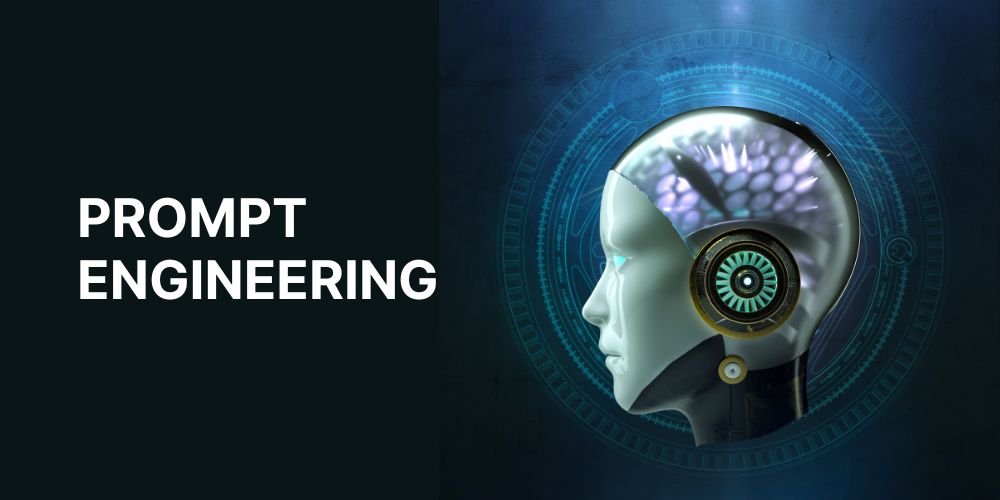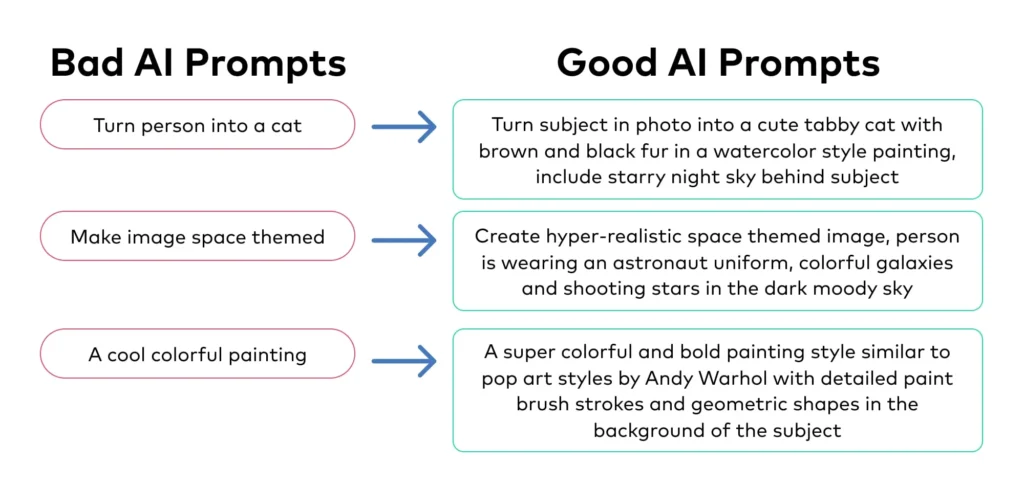
In today’s AI-driven world, a new skill is taking center stage: prompt engineering . Whether you’re using AI for content creation, coding, marketing, or customer service, knowing how to communicate effectively with AI models can make all the difference.
What Is Prompt Engineering?
Prompt engineering is the practice of designing and refining inputs (called prompts ) to get the best possible output from artificial intelligence models — especially Large Language Models (LLMs) like:
- ChatGPT
- Gemini (Google)
- Claude (Anthropic)
- Llama (Meta)
- Copilot (Microsoft)
Think of it like learning how to “talk” to AI so it understands your needs, follows instructions, and gives you accurate, creative, or useful responses.
Why Is Prompt Engineering Important?
AI tools are only as good as the prompts they receive.
A poorly written prompt might lead to:
- ❌ Inaccurate answers
- ❌ Vague or irrelevant results
- ❌ Missed opportunities
A well-crafted prompt, on the other hand, can help AI do things like:
- ✅ Write compelling blog posts
- ✅ Generate code
- ✅ Create marketing copy
- ✅ Solve complex problems
- ✅ Translate languages accurately
That’s why companies and individuals are now investing in prompt engineering skills — to unlock the full potential of AI.
How Does Prompt Engineering Work?
At its core, prompt engineering involves giving clear, structured, and strategic instructions to an AI model. Here’s a simple example:
❌ Weak Prompt:
“Write something about climate change.”
✅ Strong Prompt:
“You are a science journalist writing for a general audience. Explain the causes and effects of climate change in simple terms, and suggest three actionable ways individuals can help reduce their carbon footprint.”
Which one do you think will give a better result?
Prompt engineers experiment with different formats, tones, structures, and even specific keywords to guide AI toward the desired output.
Key Elements of a Good Prompt
Here are some components that make a prompt effective:
| Role | Tells the AI who it should act as (e.g., teacher, marketer, coder) |
| Context | Gives background information to help the AI understand the task |
| Objective | Clearly states what you want the AI to do |
| Format | Specifies how you want the response (list, paragraph, table, etc.) |
| Constraints | Adds rules like tone, length, or style |
Using these elements helps AI produce more accurate, relevant, and high-quality outputs.
Real-World Uses of Prompt Engineering
Prompt engineering isn’t just for tech experts — it’s being used across industries:
📝 Content Creation
- Generating SEO-friendly blog posts
- Writing engaging social media captions
- Creating email campaigns
💻 Software Development
- Assisting with code generation
- Debugging and improving existing code
- Documenting technical processes
🏢 Business & Marketing
- Crafting persuasive sales pitches
- Analyzing market trends
- Building chatbots for customer support
🧠 Education & Training
- Explaining complex topics in simple terms
- Creating quizzes and study guides
- Personalizing learning experiences

Frequently Asked Questions (FAQs)
Q1: Do I need technical skills to become a prompt engineer?
No! While having a basic understanding of AI helps, anyone with strong communication and problem-solving skills can learn prompt engineering — no coding required.
Q2: Can prompt engineering be automated?
While AI can help refine prompts, human creativity and strategy are still essential for crafting high-quality, goal-oriented prompts.
Q3: Is prompt engineering a real job?
Yes! Companies are hiring prompt engineers , AI trainers , and AI interaction designers to improve AI performance and user experience.

Final Thoughts
Understanding what is prompt engineering is key to unlocking the true power of AI.






0 Comments